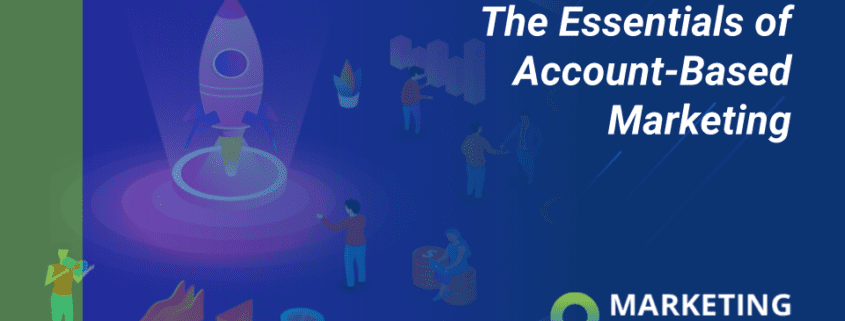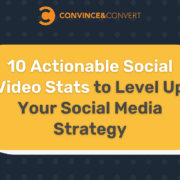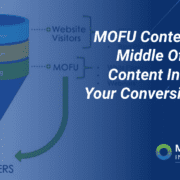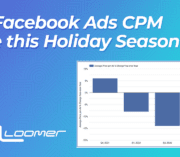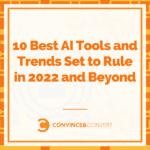The Essentials of Account-Based Marketing
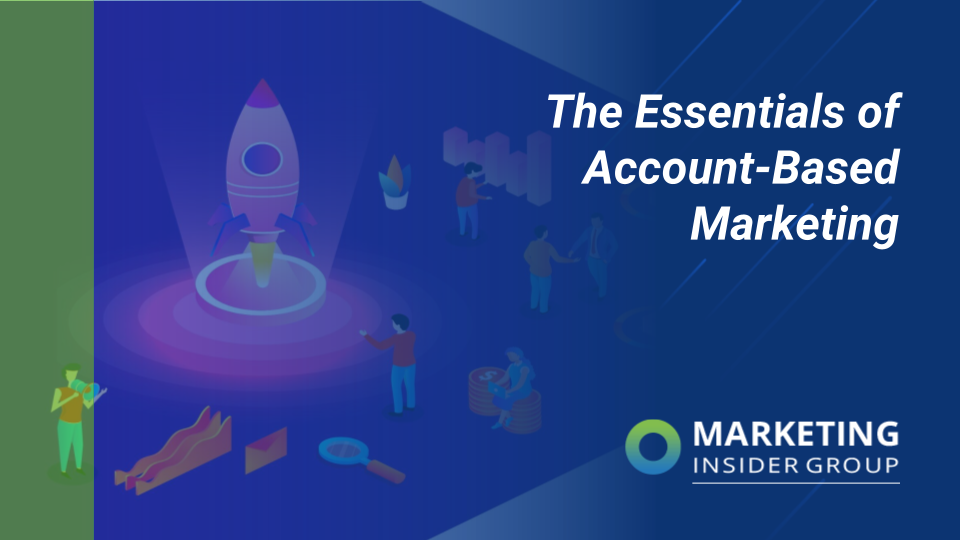
In the modern era, adopting an Account-Based Marketing (ABM) approach is a key business strategy for B2B marketers. What used to be purely account-based selling in the past has evolved to include marketing strategies that yield higher ROI at a fraction of its previous cost.
Technology has played the biggest role in this evolution. The latest marketing tools and platforms have paved the way for ABM users to scale their efforts through software and apps that provide predictive analysis, effective lead management capabilities, and the ability to produce highly targeted content.

Using ABM solutions enables users to adopt an automated, programmatic advertising process to identify key personnel or accounts, which in turn help them tailor communications depending on what part of the buying stage prospects are in at any given moment.
Simply put, marketing automation and digital demand management channels have allowed marketers to do more with less.
These factors result in increased focus on business objectives because these new tools allow sales and marketing to align their strategies. With an ABM approach, these two teams work in a collaborative environment rather than in silos.
Through this effective alignment and account targeting methodology, the vast majority of businesses have reported increases in lead quality and ROI.
Here’s a quick video from Zaryn @ Market & Hustle to give you the ABM rundown:
Quick Takeaways:
- Account-Based Marketing is about personalizing your marketing efforts directly toward your most profitable prospects.
- ABM helps weed out the less-profitable clients to maximize your profit ceiling.
- Creating systems that focus your time and resources on the accounts that are most likely to close will save you from wasting said time and resources.
Here are a few things to consider when implementing an ABM approach:
- The Role of IT in ABM

Having a dedicated IT team at hand ensures that you’re working within a reliable, secure platform. Not everything is as easy as “did you turn it off and back on again?” They are there to help the integration of ABM tools with your existing network, making the transition smooth and seamless.
They can also address any hiccups that inevitably occur whenever new software is introduced. Originally, spending precious resources and waiting for IT teams to identify, select, and deploy ABM technologies is something businesses were finding difficult to accept.
Thankfully, technological advances in ABM-related software have made it easier and more cost-efficient for businesses to jump on the ABM bandwagon. This has enabled organizations of various sizes to implement ABM tactics to deliver personalized marketing to hundreds of accounts.
2. Funnel Stage Targeting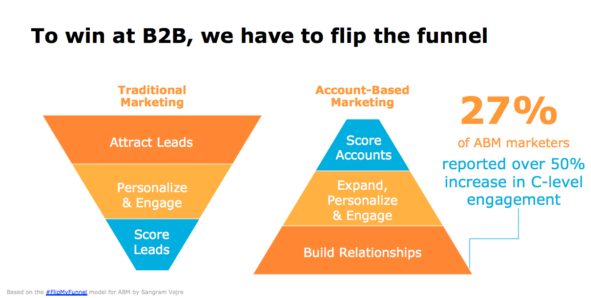
Source: Blueprint Creative Group
The traditional waterfall marketing funnel casts a wide net to catch as many prospects as possible. ABM attempts to modify this model by narrowing the lead base first instead of last.
The process begins with a thorough understanding of your ideal customer profile, which is made possible by paying close attention to CRM reports and other B2B data about your ideal prospect. Having a set of criteria to work with helps you identify where your biggest opportunities may lie.
This approach enhances your targeting and personalization capabilities so you can increase lead quality and in turn, sales conversion rates.
3. ABM Leverages Existing Customers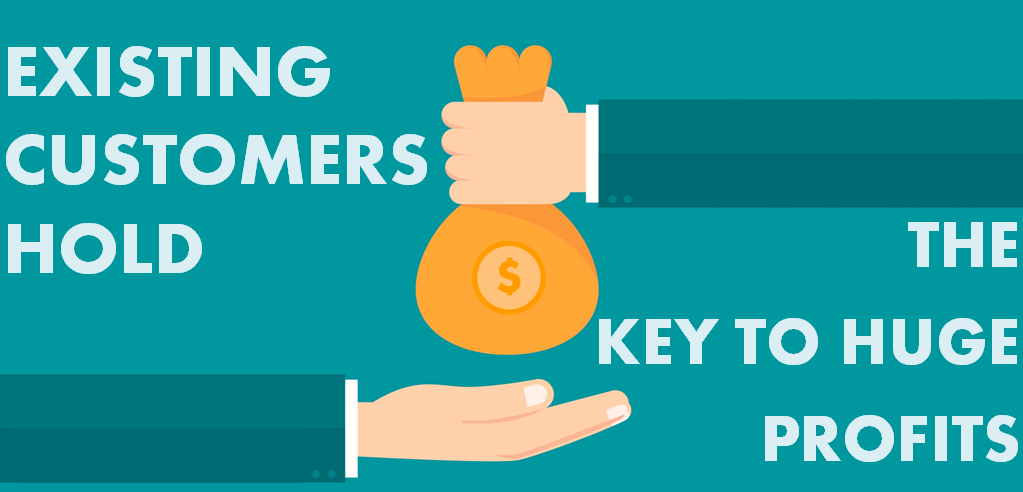
Source: Ecomextension
Not only is it cheaper to tap your current customer base, but it also promotes loyalty because of your continued efforts to provide additional personalized products or services that fit your client’s needs. Cross-selling and renewal campaigns can now be more targeted with data-driven marketing tools.
These automated tools allow you to develop individualized cross-selling or upselling techniques such as complimentary product trials that supplement existing products or call to action services that resonate with your customers.
Keep in mind the Pareto Principle, which states that you should be focusing on the 20% of customers that deliver the most revenue so you can increase the ROI of your marketing activities (See How to Get a Positive Return on Your Marketing Investment for more).
4. The Focus Should be on Your Biggest Opportunities
Source: Sticky Digital
In 2020 there was a 171% increase in average annual contract value after implementing Account-based Marketing. Meaning, your deal size with the biggest targets just got bigger.
Expand your current base by building your list of organizations, companies, business roles, and key personnel that fits within a set of criteria you’ve identified.
After you’ve identified your target profile, it’s time for you to increase engagement with awareness campaigns via online and offline channels (like content marketing!).
Once you’ve gained momentum in your relationship building efforts, it’s only a matter of time before loyal customers become brand advocates. These advocates are the best sources of high-quality referrals and positive recommendations.
5. Marketing and Sales Must Align
Source: The Next Scoop
The primary cause of conflict between sales and marketing stems from the different goals they typically pursue. In a traditional company setting, sales teams are measured against their ability to convert the most number of leads, while marketing sees lead generation primarily as a numbers game.
This means that sales values highly qualified leads with a greater desire to buy, while marketing is more concerned with getting as many leads as possible, regardless of their likelihood to convert.
With ABM, the metrics used to assess whether or not a marketing campaign is a success has to be shifted towards a more sales-centric approach. Overall, marketing has to be measured based on the amount of engagement from each lead instead of focusing on the number of leads in the funnel.
Optimizely.com says,
Account-based marketing encourages marketing teams and sale organizations to work together, identifying target accounts, crafting customized campaigns for them, and working together to align and move individual accounts through the pipeline, both before and after lead conversion.
In short, we’re all playing on the same team! For ABM to work we just need to be on the same page.
6. ABM Means Personalized Communication
Source: Medium
The fundamental basis of ABM is personalized communications. You need customer data for ABM to work because this data will help you personalize communications in the future. This increases your ability to relate to customers’ needs and create the best buying experience.
In a multi-platform world, your website, mobile apps, emails, events, and every other brand communications channel should be tailored to accelerate the buying journey.
This means modifying your messaging, CTAs, social proof and other aspects to deliver the right buying experience to the right customers at the right time.
The Wrap Up
In some organizations, ABM can be better than Inbound Marketing because the former allows for a more targeted approach, only engaging companies that are ideal users of the product or service you’re offering.
With Inbound Marketing, your ability to control your audience is limited—anyone can download your e-book or subscribe to your newsletter, reducing the qualification requirements to become a lead.
ABM allows you to optimize a larger percentage of your prospects because they were chosen based on a list of criteria you’ve made from relevant sources, which includes their digital footprint or predictive tools.
It’s not based on guesswork or a theoretical customer roadmap – but actual data. This, coupled with the ability to scale at a low cost, are the key reasons your B2B should consider applying an ABM approach in your future marketing strategy.

Do you want to use some of the marketing strategies seen here on MIG’s site but need some help or advice? Check out our weekly blog content service or schedule a free consultation. Get started today and generate more traffic and leads for your business!
The post The Essentials of Account-Based Marketing appeared first on Marketing Insider Group.

